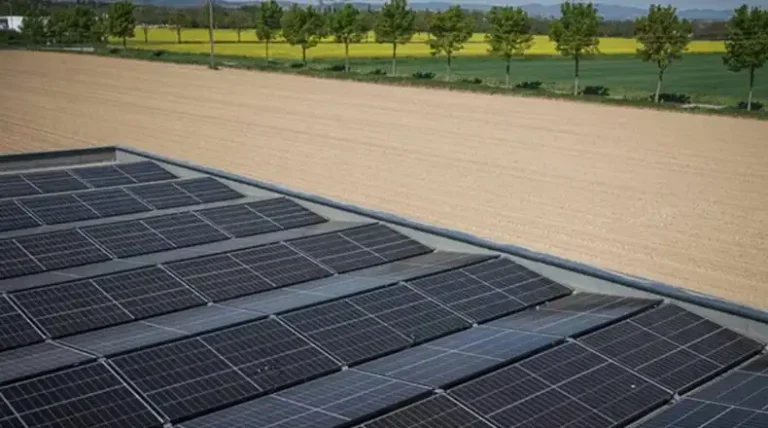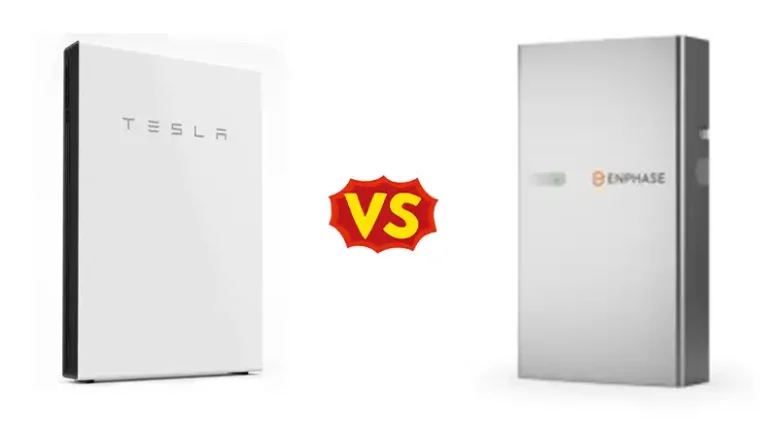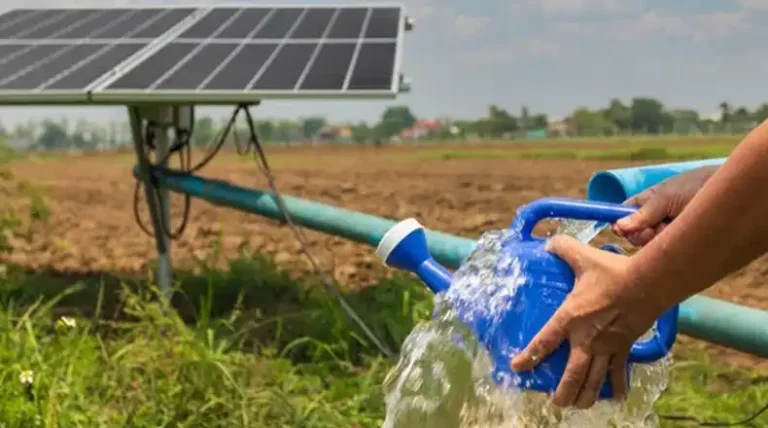What Happens to Solar Power When Batteries are Full? What You Should Know
In the ever-evolving world of renewable energy, solar power stands out as a true game-changer. It offers a clean and sustainable source of electricity that can significantly reduce our reliance on conventional power sources. But, as we harness the sun’s energy and store it in batteries, questions inevitably arise like — What happens to solar power when those batteries are fully charged, brimming with energy?
In this article, I’ll explore this intriguing aspect of solar power and delve into the various mechanisms and solutions that come into play when your solar batteries reach their maximum capacity.

When Solar Batteries Are Full…
When your solar batteries are full, it means they’ve reached their storage capacity. In this scenario, a delicate balance is required to prevent overcharging, which could harm the battery. Two key components, the inverter and the charge controller, step in to handle the excess energy in distinct ways.
Pushing It Back to the Panels
The most straightforward method of managing excess energy is redirecting it back to the solar panels. However, this approach results in a temporary voltage increase and, regrettably, leads to some energy loss, affecting overall system efficiency.
Pushing It Back into the Grid
For grid-tied solar systems, excess power can be fed back into the electrical grid. In doing so, solar system owners may receive credits or compensation for the electricity they contribute to the grid, promoting sustainability and cost-efficiency.
Employing a Dump Load
Another option is the use of a dump load, a device designed to absorb excess energy and convert it into a different form, such as heat. This approach ensures the energy storage system remains within safe operating limits while making productive use of the surplus energy.
How to Determine If Your Solar Batteries Are Fully Charged
After understanding how excess energy can be managed, the next question arises: How can you determine if your solar batteries are fully charged? There are two primary methods for this –
Using the Battery’s Built-in Indicators
Many solar batteries feature built-in indicators, which display the battery’s power level through screen readings or warning systems. Checking these indicators provides a quick and convenient way to assess your battery’s charge status.
Using Electronic Measuring Instruments
Alternatively, electronic measuring instruments such as voltmeters and multimeters are invaluable for accurately measuring battery charge levels.
- Voltmeters: These devices measure the electrical potential of the battery, closely linked to its charge level.
- Multimeters: Offering a broader range of functionality, multimeters can measure voltage, current, resistance, and more with precision.
Using these instruments is straightforward: connect the probes to your battery’s ports, wait for stable readings, and then interpret the results on the screen.
Maximizing the Use of Excess Solar Power
Having explored how to manage excess energy, it’s crucial to consider how to maximize its use. Wasting surplus energy is far from ideal. Here are practical ideas to put that extra energy to work —
In Refrigeration
One highly effective way to utilize surplus energy is to power a refrigerator. Refrigerators operate intermittently, aligning perfectly with the intermittent nature of surplus energy. When your batteries are full, the excess energy can be diverted to power your fridge, allowing you to preserve perishable goods and reduce your overall electricity consumption. This not only saves money but also helps to reduce food waste and further decrease your carbon footprint.
Contributing to the Electrical Grid
Sending excess energy back into the electrical grid is another sustainable option. By doing so, you not only contribute to the overall energy supply but can also earn credits or compensation, depending on your location and the specific agreements with your utility provider. This can offset your future electricity bills and promote the use of clean energy within your community.
In CAES System
Air compression can be a smart choice for storing excess solar energy. Compressed air energy storage, in other words, CAES systems are used in various industries to store energy efficiently. By directing excess solar energy into a CAES system, you preserve the energy for later use. When needed, the compressed air can be released to generate electricity, serving as an effective energy reservoir.
Heating
Another practical application for surplus solar power is heating. You can use excess energy to power an electric water heater, which provides hot water for various domestic purposes. This not only ensures you enjoy warm showers and comfort but also reduces your reliance on conventional water heating methods, ultimately cutting your electricity bills.
Managing Regularly Full Batteries
Well, now you know what happens and what can be done to the excessive solar power. But what about when your batteries consistently reach their full capacity? This is the time when you need to do something special. Consider these solutions —
Selling Solar Panels
Balance Energy Production: By selling a portion of your solar panels, you can effectively reduce the amount of energy your solar system generates. This prevents your batteries from regularly becoming full, maintaining a healthy balance between energy generation and storage.
Profitable Option: The market for solar panels is often robust, with high demand for clean energy solutions. This means you have a good chance of selling your panels at a reasonable price, potentially making a profit. The revenue generated from selling panels can offset the initial investment in your solar system.
Increased Sustainability: Reducing excess energy production by selling panels contributes to a more sustainable energy system. It aligns your energy production with your actual needs, minimizing waste and promoting a greener approach to energy consumption.
Increasing Battery Capacity
Assessment: Begin by assessing how many panels you can afford to sell while maintaining your desired energy generation capacity. This might require a professional assessment of your energy needs and system capacity.
Market Research: Research the current market for solar panels in your area. Look for potential buyers, such as individuals, businesses, or organizations interested in renewable energy solutions.
Pricing: Determine a fair and competitive price for your panels. Consider factors like the age and condition of the panels, their efficiency, and the local demand for solar panels.
Advertising: Advertise your panels through various channels, such as online listings, classified ads, or local renewable energy forums. Highlight the benefits of your panels and why they’re a valuable purchase.
Negotiation: Be prepared to negotiate with potential buyers. Discuss payment terms, delivery, and any warranties or guarantees associated with the panels.
Selling Agreement: Once you’ve found a buyer, create a clear and comprehensive selling agreement that outlines the terms and conditions of the sale. This helps protect both parties and ensures a smooth transaction.
Conclusion
Lastly, it can be said that as we harness the potential of solar power, it’s vital to understand how to manage excess energy efficiently. By exploring the mechanisms, indicators, and practical uses of surplus energy, we can maximize the benefits of this sustainable energy source while reducing waste. Now that you have a comprehensive understanding of managing full solar batteries and optimizing surplus energy, you’re well-equipped to make the most of your solar power system. So, take charge of your solar power system and make the most of every ray of sunlight.






